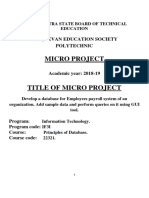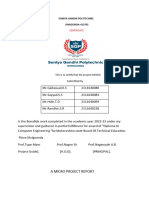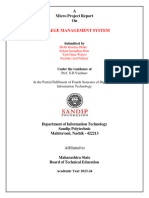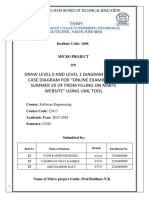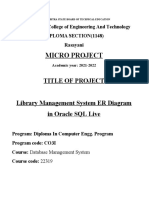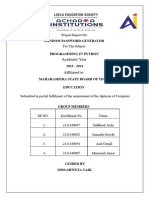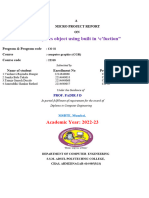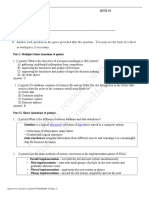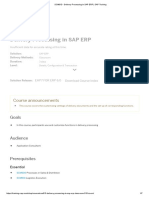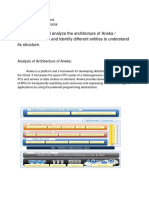0% found this document useful (0 votes)
200 views22 pagesDTMSU MicroProject - 1
Dtmsu micro project for solution for students record management
Uploaded by
vaibhavmodhave24Copyright
© © All Rights Reserved
We take content rights seriously. If you suspect this is your content, claim it here.
Available Formats
Download as PDF, TXT or read online on Scribd
0% found this document useful (0 votes)
200 views22 pagesDTMSU MicroProject - 1
Dtmsu micro project for solution for students record management
Uploaded by
vaibhavmodhave24Copyright
© © All Rights Reserved
We take content rights seriously. If you suspect this is your content, claim it here.
Available Formats
Download as PDF, TXT or read online on Scribd
/ 22













